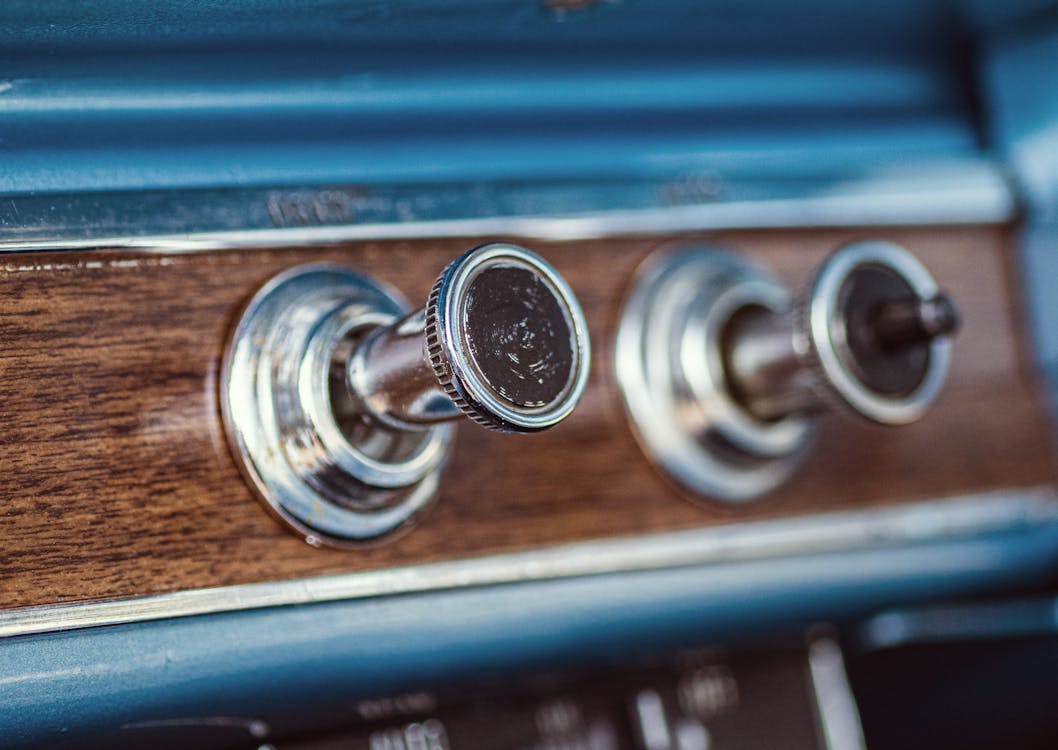
For the past years, car interiors have actually been rapidly advancing toward sleek, screen-dominated control board. Touchscreens replaced typical handles, sliders, and buttons in what lots of assumed was the unpreventable march of development. Yet, in an unforeseen spin, physical buttons are quietly making their back into modern automobiles. The change signals more than just a classic nod-- it's an action to real-world comments from motorists craving simpleness, safety and security, and responsive satisfaction.
The Digital Overload Dilemma
When touchscreens initially started taking over control panels, they felt like the future: tidy, customizable, and packed with functions. They removed clutter and enabled automakers to improve their insides with less physical components. However as more features were buried within digital food selections, motorists started to voice concerns.
Touchscreens commonly call for numerous steps to carry out basic jobs like changing the environment or altering the radio station. Unlike buttons, they do not have the user-friendly muscle mass memory that allows a motorist to transform a setting without taking their eyes off the roadway. With a lot happening on-screen, it ends up being all also simple to obtain sidetracked-- something no one wants when traveling at highway rates.
The Return of Tactile Functionality
One of the largest benefits of switches is their responsive feedback. You can feel them without needing to look. This sensory support makes them not simply hassle-free yet more secure for drivers. When your hand instinctively understands where the volume knob is or just how far to push a switch to turn on the defrost, it minimizes the requirement to glimpse down or away from the roadway. And while touchscreens supply ease for infomercial and navigation, the vital everyday features-- like danger lights, audio controls, and HVAC-- really feel much better suited to physical controls.
In fact, numerous chauffeurs who formerly swore by electronic systems have actually revealed gratitude for more recent designs that mix contemporary aesthetic appeals with the functional feeling of standard controls. It's not about rejecting technology-- it's about enhancing use.
A Balanced Design Philosophy
Developers have paid attention to this changing view. Instead of abandoning screens, they're reconsidering just how they're incorporated. The most effective insides currently strike a balance in between digital adaptability and analog precision. That means purposefully placing buttons for important functions while making use of digital user interfaces for applications, navigating, and media.
This hybrid strategy is specifically prominent in cars made for long-distance driving or households. The convenience of pressing a switch without messing up with a menu makes a huge distinction when you're attempting to stay concentrated, comfortable, and risk-free. Even in vehicles understood for advanced tech, a basic rotary dial or responsive control can be the attribute that gains chauffeurs searching for thoughtful style.
Buttons and the Emotional Connection
There's also something distinctively psychological about switches. They bring a certain degree of interaction that touchscreens simply don't replicate. Pressing a switch or transforming a dial feels like you're literally communicating with your cars and truck-- it adds a layer of connection that makes the driving experience extra enjoyable.
For those thinking about used Chevy cars, cars from current years usually provide the very best of both globes: receptive touch user interfaces coupled with classic physical controls. These designs bridge the gap in between development and knowledge, making them perfect for motorists who appreciate modern features without compromising simplicity of use.
Modern Technology Isn't Just About Screens
It's simple to merge technology with screens, however real development means improving the driver experience. In this light, buttons are a kind of clever layout. They're fast, exact, and don't require attention. As automotive style ends up being increasingly driver-centric, convenience and intuitiveness take spotlight.
This additionally connections directly right into the resale and trade-in value of cars. Automobiles that prioritize user-friendly functions have a tendency to mature much better in the eyes of future purchasers. If you're thinking about a Chevrolet trade in, understanding that your present car offers an attentively developed interior, full with conveniently available controls, can have a positive influence.
The Future Is Functional
As vehicle producers re-evaluate the role of interfaces in the cabin, they're directed by motorist comments and real-world functionality research studies. The resurgence of switches doesn't signify a go back to the past-- it's a progression in thoughtful, user-first layout. It acknowledges that progress does try this out not constantly mean getting rid of the old however integrating it in a way that makes driving more secure, easier, and much more pleasurable.
If you're in the market and exploring Chevy new car deals, watch on how different designs handle their indoor controls. It's not practically the touchscreen size-- it's concerning just how the vehicle helps you stay focused on the road while making your everyday commute extra instinctive. Buttons could not be the flashiest feature, but they're quickly becoming one of the most valued.
For even more understandings right into auto fads, interior decoration technologies, and clever vehicle shopping tips, make certain to inspect back regularly. We're constantly upgrading the blog with fresh concepts to assist you navigate the roadway in advance.